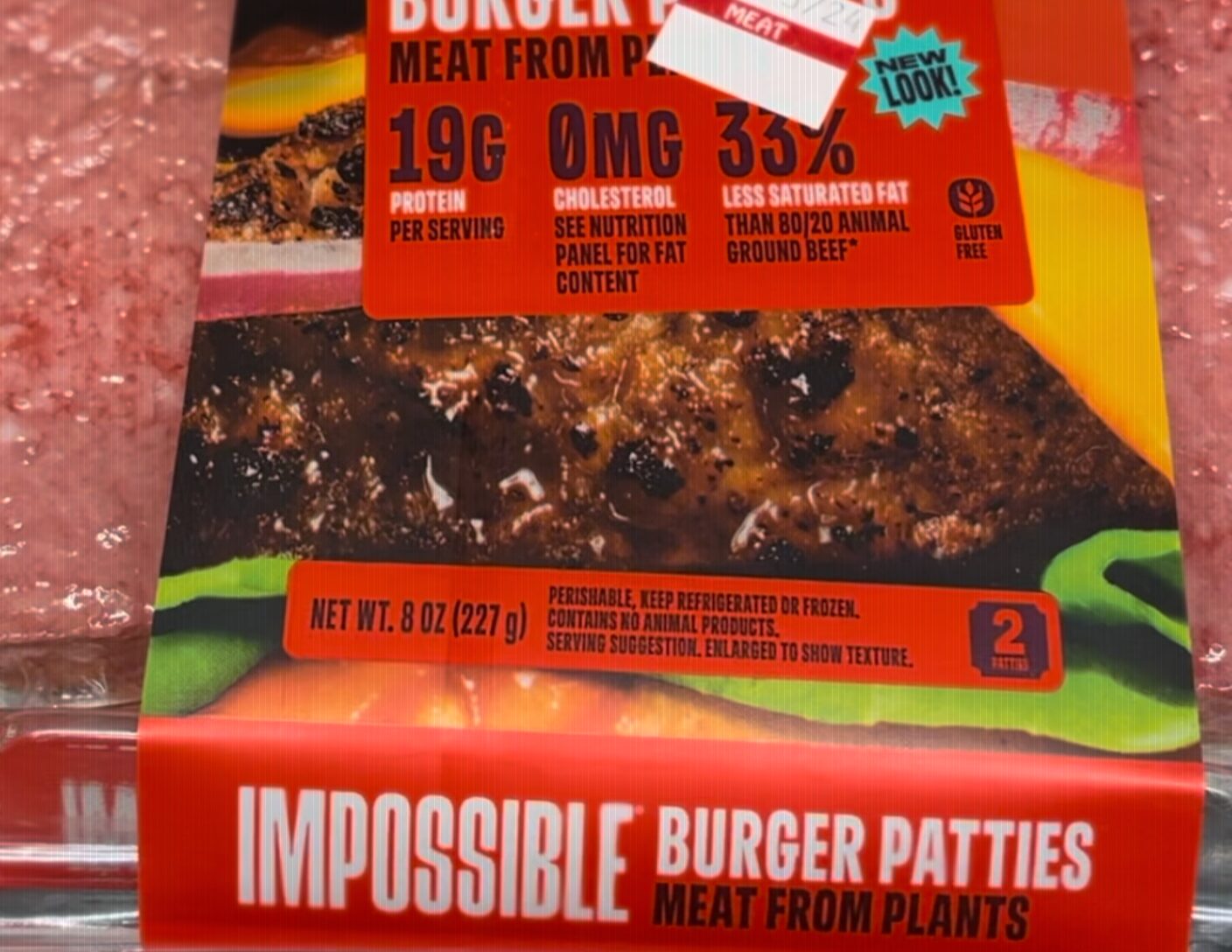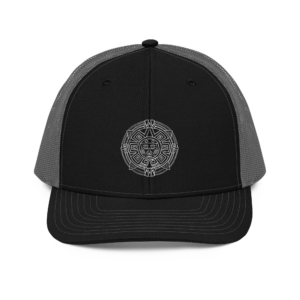Coffee may be crowned king as the beverage of choice for performance and morning routine in North America, but travel a bit below the equator to our South American neighbor and Yerba Mate reigns supreme. Although very similar to coffee both functionally and socially, Yerba Mate may have some surprising benefits outside of the brown bean. Below we investigate what Yerba Mate is and why this beverage may outperform coffee and could be an excellent ancient nutritional supplement added to your daily diet.
What is Yerba Mate?
Sourcing straight from one of the most recognized distributors (Guayaki), they define Yerba mate as a tea like beverage made from naturally caffeinated leaves an stems of the native Holly Tree (Illex Paraguariensis), nestled deep in the South American rainforests (Paraguay, Argentina, & Brazil). Ceremonially speaking, Yerba Mate is traditionally sipped in a hollow gourd vessel, filtered through a metal straw called a bombilla and shared among friends who sip and pass. (https://guayaki.com/why-yerba-mate/).
Recommended Consumption
Although this beverage is primarily consumed hot, drinking cold provides the most benefit as a higher dose of unaltered polyunsaturated fatty acids becomes available while also reducing potential carcinogenic risks (Maciejewska et al. 2015).
Mental Performance
Caffeine is known to boost both alertness and physical performance.
- 7 oz of Yerba Mate contains 72 mg caffeine per serving (less than coffee & more than tea). Alleged to provide alertness in the absence of jitters according to Ruxton 2008).
Physical Performance
Yerba Mate increases the body’s reliance and burning of fat during activity.
- In a paper investigating Yerba Mate’s effects on fuel metabolism, Ahmad Alkhatib found evidence that fatty acid oxidation (using fat as fuel) was increased 24% at intensities sub maximal at 70% and up to 26% at intensities lower; 50%.
- Anti-inflammation & anti-cancer properties (puangpraphant et al. 2011).
- Preventative to bacterial, parasites, and fungi (Burris et al. 2011)
Though there aren’t Yerba Mate bars located conveniently at every corner in cities and suburbia across the Americas (yet), the benefits of this ancient beverage clearly have effect on both health and performance. I may not be trading in my dark bean brew in the morning, I am certainly committed to using this tasty herbal beverage midday prior to training (sans gourd).
Alkhatib A. Yerba Maté (Illex Paraguariensis) ingestion augments fat oxidation and energy expenditure during exercise at various submaximal intensities. Nutr Metab (Lond). 2014 Sep 2;11:42. doi: 10.1186/1743-7075-11-42. PMID: 25342955; PMCID: PMC4190939.
Lutomski, P., Goździewska, M., Florek-Łuszczki, M. (2020). Health properties of Yerba Mate. Ann Agric Environ Med., 27(2), 310-313. https://doi.org/10.26444/aaem/119994
Puangpraphant S, Berhow MA, Vermillion K, Potts G, Gonzalez de Mejia E, Dicaffeoylquinic acids in Yerba mate (Ilex paraguariensis St. Hilaire) inhibit NF-κB nucleus translocation in macrophages and induce apoptosis by activating caspases-8 and -3 in human colon cancer cells. Mol Nutr Food Res. 2011 Oct; 55(10): 1509–22. doi: 10.1002/ mnfr.201100128. Epub 2011 Jun 8.
Burris KP, Davidson PM, Stewart CN Jr, Zivanovic S, Harte FM. Aqueous extracts of yerba mate (Ilex paraguariensis) as a natural antimicrobial against Escherichia coli O157:H7 in a microbiological medium and pH 6.0 apple juice. J Food Prot. 2012 Apr; 75(4): 753–7. doi: 10.4315/0362–028X.JFP-11–214.
Burris KP, Davidson PM, Stewart CN Jr, Harte FM. Antimicrobial activity of Yerba Mate (Ilex paraguariensis) aqueous extracts against Escherichia coli O157:H7 and Staphylococcus aureus. J Food Sci. 2011 Aug; 76(6): M456–62. doi: 10.1111/j.1750–3841.2011.02255.x. Epub 2011 Jul 5.
Ruxton CH S. The impact of caffeine on mood, cognitive function,
performance and hydration: a review of benefits and risks. The Author Journal compilation, British Nutrition Foundation Nutrition Bulletin 2008; 33: 15–25.
Maciejewska D, Łukomska A, Jakubczyk K, Baranowska-Bosiacka I, Stachowska E, Chlubek D, et al. The content of linoleic and alpha- linolenic acid in different types of Yerba Mate, depending on country of origin and the conditions of the infusion. Pom J Life Sci. 2015; 61(1): 90–93.














